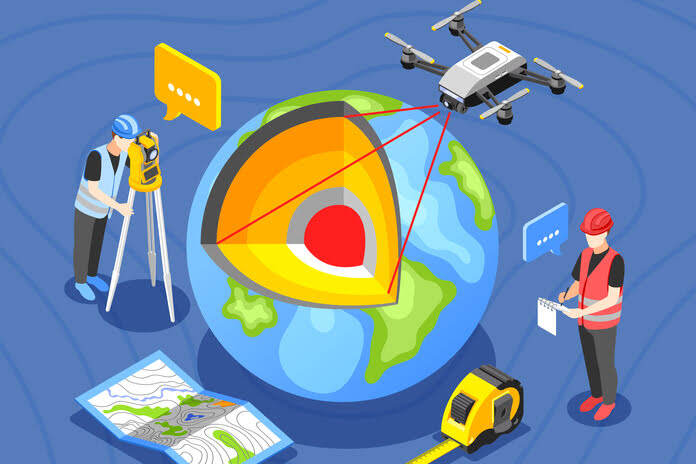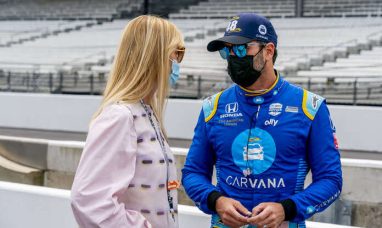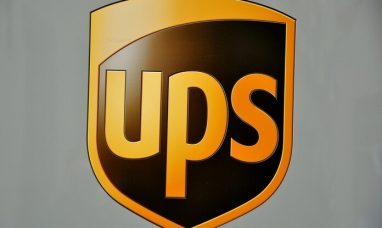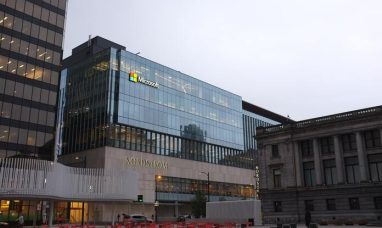The first quarterly report following a change in a business structure can be quite volatile, just like any stock report. When Ouster (NYSE:OUST) finally released its December quarter financial results following its merger with Velodyne Lidar, this is what happened. Although the company did a bad job of laying out the integrated picture of the business, my investment thesis on OUST stock is still quite bullish. As a result, Ouster stock dropped to new lows.
Drawing a Picture
In my opinion, Ouster misrepresented the combined company’s operations when it merged with Velodyne Lidar. The absence of companies actually producing meaningful income several years after announcing SPAC partnerships was the main problem in the Lidar sensor market.
Both Ouster and Veloydne Lidar’s Q4’22 sales projection levels above $10 million were verified at the merger’s closing. Investors naturally anticipated December quarter results and March quarter guidance with sales totals exceeding $20 million and potentially approaching $30 million when the earnings report was released at the end of March.
Velodyne: $13 to $15 million in billings
Ouster: $10 to $25 million in revenue
Revenues of $25 to $40 million
Instead, once the transaction occurred on February 10, the new company only published Q4 statistics from the Ouster business alone and guided to Q1 ’23 numbers based entirely on the revenues from Velodyne Lidar. Essentially, investors were only provided a partial image of the combined business, and the price consequently declined as was expected.
A powerhouse in the non-automotive Lidar sensor market was created by combining Ouster with Velodyne Lidar. The use of production agreements has accelerated progress in the industrial and robotic industries.
This is why the first quarterly results following a company’s IPO, merger, or hiring of a new executive team are always erratic. A lot depends on how the management portrays the company to the public and whether a restructuring is implemented to change how the public perceives the business.
In this instance, Ouster made the decision to withhold all financial information from the Velodyne Lidar company. One would have to estimate Q4 ’22 revenues were at least $24 million if Velodyne exceeded guidance and Ouster met it. The combined business earned Q4 ’22 revenues of more than $24 million, despite Ouster declaring that Q4 ’22 revenues were actually $11.0 million.
In my opinion, such news causes the stock to rise. Investors were in the dark because the corporation didn’t provide any confirmation of the Pro-forma data.
Even worse, Ouster predicted only $15 to $17 million in revenue for Q1 of 23. In the earnings statement, the company provided a footnote that the sales projection excludes Velodyne statistics prior to the transaction on February 10.
The CFO did not mention the omission of Velodyne statistics in the initial guidance on the Q4’22 results call:
“For the first quarter of 2023, Ouster is targeting between $15 million and $17 million in revenue. We expect the first quarter to experience some margin pressure due to the merger integration work including the ongoing work to outsource manufacturing for Velodyne sensors as well as the manufacturing transition and start-up costs from the REV6 to REV7 OS sensors. That said, we remain highly confident in our long-term trajectory and continued traction in the market.”
Given that Q1 is a seasonally weak quarter and that Ouster only generated $11 million in Q4 ’22 revenues, it stands to reason that the former Ouster business generated less than $10 million in Q1 revenues. One may anticipate that the old Velodyne Lidar would generate more than $6 million in sales for the second half of the quarter. With a total revenue forecast of $20 to $23 million in such a scenario, it is probably safe to expect that the Velodyne business would contribute an additional $5 to $6 million in Q1 of 23.
Under this revenue situation, the market is probably far more favorable towards the new Ouster than it would be if investors had to go into the specifics and wonder why the business wouldn’t disclose the complete financial picture. In a market primarily centered on automotive deals where it will take a few more years for major production deals to ramp up, Ouster would be the clear early leader with a leading revenue picture.
A unified order book may have been the picture that the new Ouster omitted that was more significant. The old Ouster said that the business has secured bookings worth $70 million for 2022.
A book-to-bill ratio of 1.71 for 2022 would be impressive by conventional standards. The Lidar combo has the drawback that most of the business won’t scale up until 2024 or later.
Ouster advertised a $575 million order book based on 80 Strategic Client Agreements when reporting Q2’22 results. On the Q3’22 earnings release, the corporation increased the SCA total to 84, indicating that the contracted order book had increased to a level near $600 million prior to the merger.
Prior to the new management team coming over in early 2021, Velodyne Lidar had promoted an even greater order backlog through 2025, at $800 million. A backlog of orders above $1 billion should be available from the combined company, which will be utilized by other Lidar market participants.
Schedule 7.19 was filed by Ouster together with the updated loan agreement that was signed after the merger was finished.
According to GAAP revenue calculations, Ouster is only on track to provide $38 million in trailing revenues for the Q2’23 total. Unless this calculation of GAAP revenues goes back and takes revenues from Velodyne Lidar prior to the merger close into account, the company would need to generate $32 million in quarterly revenues for the June quarter.
Lower Stock Price
Ouster currently trades firmly below $1. After this decline, the stock’s market value is only $270 million.
On the one hand, the stock is incredibly cheap given that the Ouster business had a $575 million backlog of orders as of mid-2022. Additionally, the combined stock trades for less than 4 times the $70 million in confirmed billings of the smaller Ouster business.
The corporation had $315 million in cash at the conclusion of the year. On the conference call, the Craig-Hallum analyst projected that the actual cash balance is closer to $270 million. Where the cash balance falls short of the new Ouster reaching cash flow positive, even with a $75 million cost-cutting strategy following the merger, is a significant unknown.
Cantor Fitzgerald predicts that before Ouster achieves a cash flow positive, the company will need to raise capital in 2024. Massive dilution from capital raised via shares at these low valuations poses a serious risk to shareholders.
Takeaway
The main lesson for investors is the absence of information about the Velodyne Lidar company since Ouster assumed control is what is most limiting the stock price. As a sign of the stock’s profound worth, it barely trades at 4 times billings from just half the business.
My opinion is to hold off on purchasing additional shares until Ouster gives more information on the financial outlook of the combined firm, even if we are highly bullish on the valuation.
Featured Image: Freepik @ macrovector









